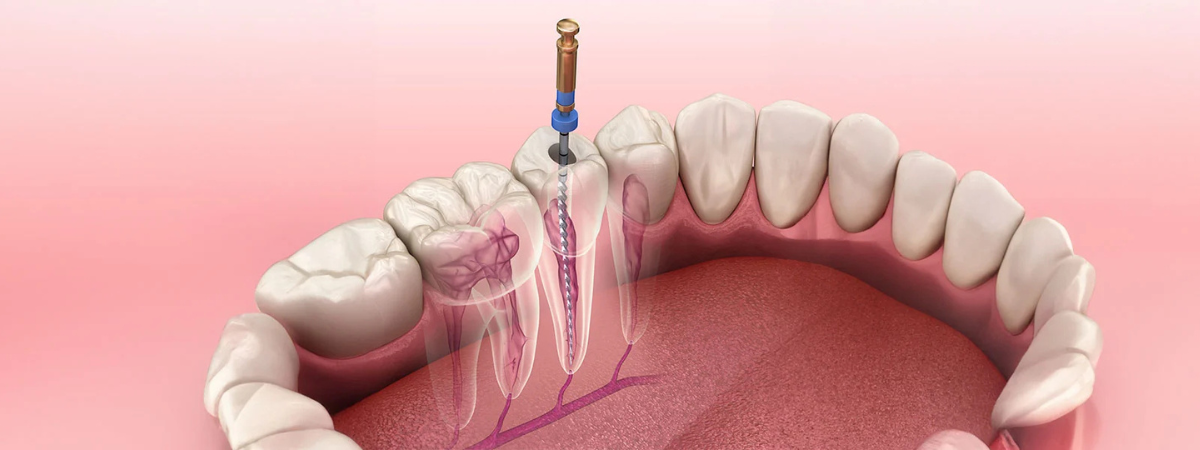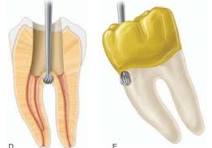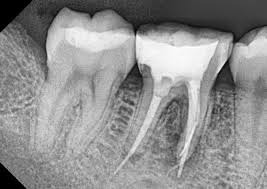Common Endodontic Mishaps During Root Canal Treatment – Types, Causes, and Prevention
Dr. Mohamad Hassoun

Endodontic mishaps, also known as procedural errors or accidents, can occur during root canal treatment (RCT) and include issues like instrument separation, canal transportation, overinstrumentation, loss of working length, and perforations. These mishaps can hinder the healing process and lead to treatment failure if not properly addressed.
Types of Endodontic Mishaps:
• Access-related:
These include treating the wrong tooth, missed canals, damage to existing restorations, access cavity perforations, and crown fractures.

• Instrumentation-related:
This category involves ledge formation, cervical, mid-root, or apical perforations, instrument separation, and canal blockage.


• Other mishaps:
These encompass overextended or underextended root canal fillings, tissue emphysema, aspiration, vertical root fracture, and irrigant-related issues.

• Complications:
These can include iatrogenic perforations, ledge formation, canal blockage, instrument separation, and untreated anatomy, which can all impact treatment outcomes.
Management and Prevention:
• Early recognition and appropriate management of mishaps are crucial for successful treatment and patient well-being, notes a study published in the Journal of Endodontics.
• The American Association of Endodontists provides a case complexity assessment form to help dentists determine if a case is within their skill level or if it should be referred, according to the Journal of Endodontics.
• Preventive measures, such as careful diagnosis, proper access cavity preparation, and meticulous instrumentation, are essential to minimize the risk of mishaps.
• Techniques like bypassing ledges, negotiating canals with small files, and using a bend on the file can help overcome certain procedural challenges.